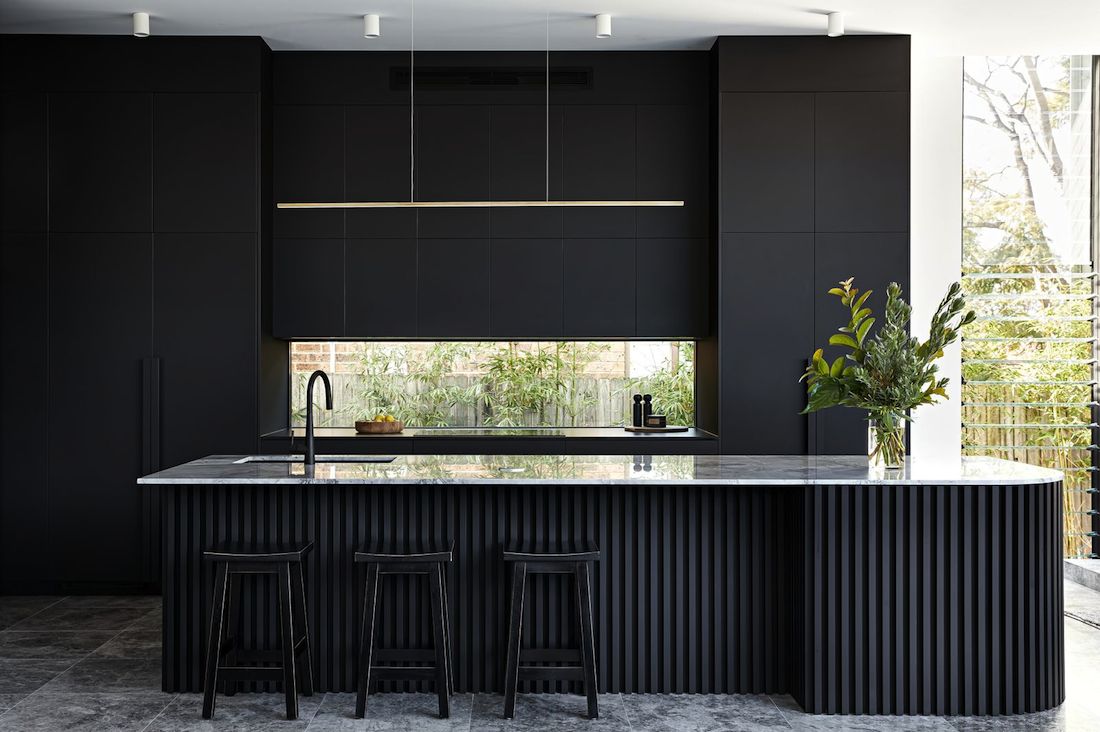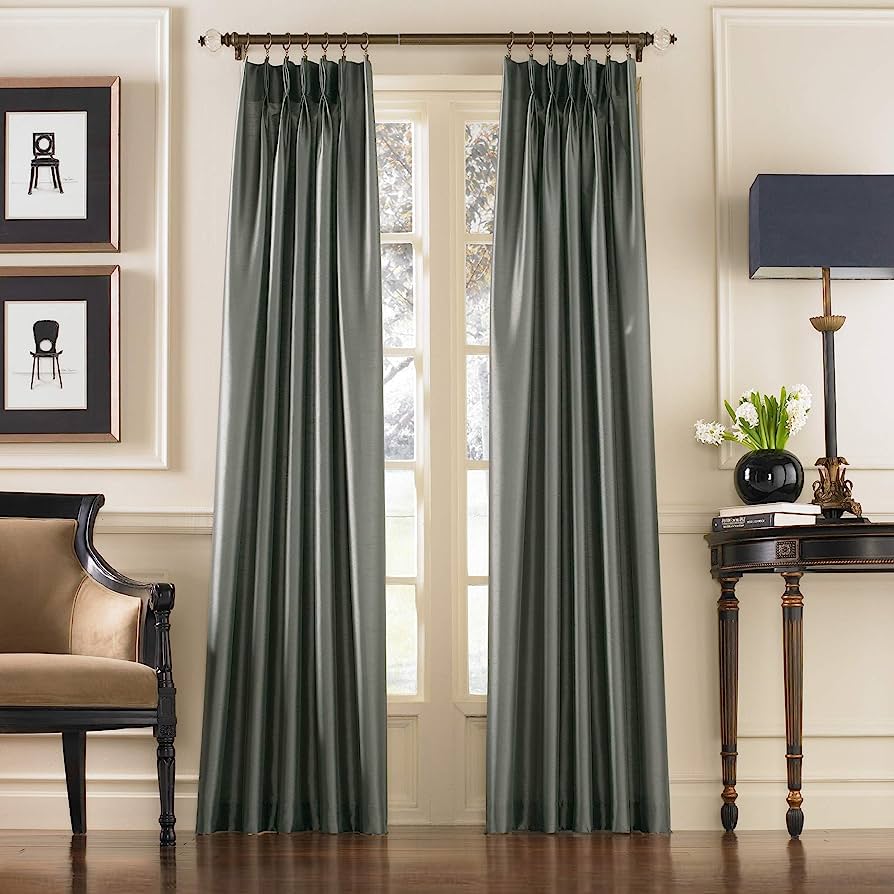Only a few short years ago, we had yet to learn about lighting. The more we know about lighting, the more critical it is that you have a plan. James Nagel, the owner of Luxygen and Illumination Scientist, has some expert tips for you. He is one of Australia’s few lighting experts who has devoted his entire career to the topic.
James says there are three lighting types: task, ambient, and accent. Each class is designed to meet a specific need.
What is the story behind that?
“I always begin with task lighting. This means that I consider spaces that need specific functional lighting. Some examples could include above a bench in the kitchen, at eye level on a bathroom mirror, or over reading areas and desk surfaces.
Ambient lighting is the general illumination of a space. It should provide visual comfort. Lighting ceilings and walls is a good idea. A softly lit wall is often better than a bunch of downlights.
The best way to achieve ambient lighting is by using uplighting over a cleaned ceiling that allows the light to reflect. It is possible to achieve both with a pendant above a kitchen counter. The charm would provide both direct and indirect sunlight. You could highlight a wall texture or painting or add color by lighting a tree in green light.
What are some of the most common mistakes in residential lighting?
“Generally, when building a home, they need more money before the lighting and landscaping.
People must often consider the room’s function before selecting their lighting. It is essential to understand the purpose of the space. The placement of furniture, and even the reflections on surfaces such as mirrors, should be considered. “We use artificial light too much, too often.”
James’ 5 top tips for designing your lighting plan
Create a floorplan
James advises that the first thing you should do is draw a floor plan of the space you plan to light. Include details such as window and door placement, furniture placement, and scale.
You’ll be able to get a better idea of the space you are working in and determine how many lights you need. You may need to use a different amount of downlights in your entire living room. Instead, you should place 2-4 lights above your couch (depending on the size) to light up the area where you’ll be sitting. Two wall washers can be used on walls where you plan to hang artwork (positioned closer to the wall).
Consider the task.
You should ask yourself, “What will you use the space for?” before deciding what type of lighting you want. Lighting is a functional element, and you must first understand how you will use a space. Place a small x in the area where you require task lighting.
Accent and ambiance lighting
After you have installed functional lighting, it’s time to add ambient and accent lighting. Think about pendant lights, decorative walls, LED track lighting, and uplights. Also, consider wall washers, floor and table lamps, and wall washers. Think about all surfaces that can be lit, such as the walls and ceiling. You’re still designing the areas where you want to burn.
Budget definition
Lighting costs can vary a lot! Once you start looking beyond mass-produced lights, you can add zeros at the end of your estimate.
It’s possible to get a great result on varying budgets. Create a mood board to help you decide on the style of your new home or space. The mood board will help you identify what type of lighting would be best for your area. You can then begin researching! Most lights are available in both a budget-friendly and a high-end version to help you achieve the desired look within your budget.
Select luminaires
After you have determined the type and number of lights you require and your budget, it’s time to select the fittings. James says that while it’s tempting to make a bold statement with lighting, “it’s not the luminaire which should be the focal point of the room.”




